Home>Gardening & Outdoor>Landscaping Ideas>How To Hide Seams In Artificial Grass


Landscaping Ideas
How To Hide Seams In Artificial Grass
Modified: March 2, 2024
Learn how to hide seams in artificial grass with our expert landscaping ideas. Get a seamless and natural look for your outdoor space with our tips and tricks.
(Many of the links in this article redirect to a specific reviewed product. Your purchase of these products through affiliate links helps to generate commission for Storables.com, at no extra cost. Learn more)
Introduction
Artificial grass has become a popular choice for homeowners and businesses seeking a low-maintenance and visually appealing alternative to natural grass. One of the key challenges in installing artificial grass is hiding the seams to create a seamless and natural look. Whether you're revamping your backyard, creating a putting green, or enhancing a commercial space, knowing how to hide seams in artificial grass is essential for achieving a professional finish.
Seamless artificial grass installation involves a combination of careful planning, proper material selection, and precise installation techniques. By understanding the nuances of hiding seams, you can elevate the aesthetic appeal of your outdoor space and enjoy a lush, green landscape without the hassle of constant maintenance.
In the following sections, we will delve into the intricacies of choosing the right type of artificial grass, exploring proper installation techniques, utilizing seam tape and adhesive, mastering trimming and finishing techniques, and implementing maintenance tips to ensure a flawless and seamless look. Whether you're a DIY enthusiast or working with a professional installer, these insights will empower you to achieve a seamless artificial grass installation that enhances the beauty and functionality of your outdoor environment.
Key Takeaways:
- Choose artificial grass with short pile height, natural-looking blade shape, color variations, and high-quality backing for a seamless and visually appealing installation that mimics the beauty of natural grass.
- Proper surface preparation, precise cutting and fitting, strategic seam placement, and professional installation techniques are crucial for hiding seams and achieving a flawless and seamless artificial grass landscape.
Read more: How To Join Astro Turf Seams
Choosing the Right Type of Artificial Grass
Selecting the appropriate type of artificial grass is a pivotal first step in achieving a seamless and visually appealing installation. The market offers a wide array of artificial grass options, each with unique characteristics and features. By considering key factors such as pile height, blade shape, color variations, and backing material, you can make an informed decision that aligns with your aesthetic preferences and functional requirements.
Pile Height
The pile height of artificial grass refers to the length of the blades. When aiming for a seamless look, opting for a moderate pile height is crucial. Shorter pile heights, typically ranging from 25 to 30 millimeters, tend to create a more natural appearance and are easier to blend seamlessly. Additionally, shorter pile heights minimize the visibility of seams, contributing to a uniform and cohesive surface.
Blade Shape
Artificial grass blades come in various shapes, including flat, oval, and diamond. For seamless installations, selecting a blade shape that closely resembles natural grass is essential. Blades with a slightly curved or irregular shape emulate the organic look of real grass, aiding in concealing seams and enhancing the overall authenticity of the synthetic turf.
Color Variations
Natural grass exhibits subtle color variations, and replicating this variance in artificial grass is key to achieving a seamless appearance. Opt for synthetic turf with multiple shades of green and hints of brown to mimic the nuanced tones found in natural grass. This variation in color helps to disguise seams and creates a visually dynamic and realistic landscape.
Read more: How To Hide Screws In Decking
Backing Material
The backing material of artificial grass plays a significant role in its durability and stability. When aiming for seamless installation, choose a high-quality backing material that facilitates precise seaming and ensures long-term integrity. Additionally, a reliable backing material contributes to the overall smoothness of the surface, minimizing the risk of unevenness and visible seams.
By carefully considering these factors and selecting artificial grass that aligns with your aesthetic vision and installation goals, you can lay the foundation for a seamless and visually captivating landscape. The right type of artificial grass sets the stage for a successful installation, enabling you to achieve a flawless and natural-looking surface that enhances the beauty and functionality of your outdoor space.
Proper Installation Techniques
Proper installation techniques are fundamental to achieving a seamless and visually stunning artificial grass landscape. Whether you're embarking on a DIY project or enlisting the expertise of professional installers, meticulous attention to installation details is paramount for a flawless outcome.
Surface Preparation
Before laying artificial grass, thorough surface preparation is essential. Start by clearing the area of any existing grass, debris, and rocks. Ensure that the ground is level and compacted to create a stable foundation for the synthetic turf. Proper compaction minimizes the risk of unevenness, which can lead to visible seams and an inconsistent surface.
Quality Underlay
Investing in a high-quality underlay is crucial for seamless artificial grass installation. The underlay serves as a cushioning layer, providing support and enhancing the overall smoothness of the surface. Opt for a durable and well-constructed underlay that offers superior drainage properties, as efficient drainage is vital for maintaining the integrity of the synthetic turf and preventing water accumulation that could compromise the seamless look.
Precise Cutting and Fitting
Achieving seamless transitions between artificial grass sections hinges on precise cutting and fitting. Carefully measure and cut the synthetic turf to fit the designated area, ensuring that the edges align seamlessly. Avoid overlapping or leaving gaps between sections, as these imperfections can detract from the cohesive appearance of the installation. Additionally, securely fasten the edges to maintain a uniform and seamless surface.
Strategic Seam Placement
When joining multiple sections of artificial grass, strategic seam placement is pivotal for concealing seams effectively. Position seams in low-traffic areas or areas with minimal visibility to minimize their prominence. By strategically placing seams, you can create a seamless and unobtrusive transition between turf sections, enhancing the overall aesthetic appeal of the landscape.
Professional Installation Considerations
If opting for professional installation, collaborating with experienced and reputable installers is advantageous. Seasoned professionals possess the expertise and precision required to execute seamless artificial grass installations. Their proficiency in handling intricate details, such as seam alignment and secure fastening, contributes to a flawless and visually cohesive outcome.
By adhering to these proper installation techniques, you can lay the groundwork for a seamless artificial grass installation that exudes natural beauty and enduring quality. Each step, from meticulous surface preparation to strategic seam placement, plays a pivotal role in achieving a visually captivating and seamless landscape that elevates the allure of your outdoor environment.
Using Seam Tape and Adhesive
Seam tape and adhesive are indispensable components in achieving seamless and durable artificial grass installations. These materials play a pivotal role in securely joining individual turf sections, concealing seams, and ensuring a cohesive and visually appealing surface. Understanding the proper application of seam tape and adhesive is essential for achieving professional results and enhancing the longevity of the synthetic turf landscape.
Read more: How To Seam Quartz Countertops
Seam Tape: A Foundation for Seamless Integration
Seam tape serves as the foundation for creating strong and imperceptible transitions between artificial grass sections. Composed of durable and weather-resistant materials, seam tape reinforces the bond between turf segments, effectively minimizing the visibility of seams. When selecting seam tape, prioritize high-quality options designed to withstand environmental elements and maintain structural integrity over time.
The application of seam tape involves meticulous attention to detail and precision. Begin by aligning the edges of the artificial grass sections, ensuring a seamless fit. Next, carefully position the seam tape beneath the joined edges, creating a stable and level foundation for the adhesive application. Properly securing the seam tape along the seam line is crucial for establishing a robust and inconspicuous bond between the turf sections.
Adhesive: Ensuring Long-Lasting Cohesion
Adhesive serves as the binding agent that fortifies the connection between the seam tape and the artificial grass, ensuring long-lasting cohesion and resilience. Opt for high-quality adhesive specifically formulated for artificial grass installations, as these products are engineered to withstand varying weather conditions and provide exceptional bonding strength.
The application of adhesive demands meticulous precision and adherence to manufacturer guidelines. Apply a consistent and even layer of adhesive over the seam tape, ensuring thorough coverage and uniform distribution. Carefully press the joined edges of the artificial grass into the adhesive, creating a seamless and secure bond. Properly allowing the adhesive to cure and set according to the manufacturer's recommended timeframe is essential for optimizing its bonding properties and ensuring the longevity of the seam.
Precision and Care: Key to Seamless Integration
Achieving seamless integration through the use of seam tape and adhesive hinges on precision and care throughout the application process. Thoroughly inspect the seam line to verify the alignment and secure attachment of the artificial grass sections. Address any irregularities or imperfections promptly to maintain the seamless integrity of the installation.
By mastering the utilization of seam tape and adhesive, you can elevate the quality and visual appeal of your artificial grass landscape. The seamless integration facilitated by these essential materials contributes to a cohesive and enduring surface, enhancing the overall aesthetic and functionality of your outdoor environment. With meticulous attention to detail and a commitment to precision, the application of seam tape and adhesive culminates in a seamless and visually captivating artificial grass installation.
Trimming and Finishing Techniques
Trimming and finishing techniques are pivotal in refining the visual cohesiveness and professional finish of an artificial grass installation. Attention to detail during the trimming and finishing process is essential for achieving seamless transitions, eliminating irregularities, and enhancing the overall aesthetic appeal of the synthetic turf landscape.
Read more: How To Spackle Drywall Seams
Precision Trimming
Precise trimming is fundamental to creating clean and seamless edges that seamlessly integrate with the surrounding environment. Utilizing high-quality turf-cutting tools, such as specialized turf knives or shears, enables meticulous trimming along borders, walkways, and landscaping features. By carefully following the natural contours of the designated areas, precise trimming ensures that the artificial grass aligns seamlessly with hardscapes and existing landscape elements, fostering a harmonious and polished appearance.
Seam Concealment
Strategically concealing seams through meticulous trimming contributes to the seamless integration of artificial grass sections. By delicately blending the edges of adjacent turf segments, skilled installers can minimize the visibility of seams, creating a unified and uninterrupted surface. Seam concealment techniques, such as beveling and feathering, involve skillful trimming to achieve smooth and imperceptible transitions, elevating the overall visual continuity of the synthetic turf landscape.
Edging and Border Definition
Articulating clear and defined borders through precise edging techniques enhances the polished look of the artificial grass installation. Neatly trimmed edges along pathways, flower beds, and garden borders create a sense of refinement and structure within the landscape. Employing specialized tools for edging, such as dedicated edge trimmers or hand shears, facilitates the creation of crisp and well-defined borders, accentuating the seamless integration of the synthetic turf with its surroundings.
Detail-Oriented Finishing
Detail-oriented finishing techniques encompass meticulous brushing, grooming, and infill distribution to refine the overall appearance and texture of the artificial grass surface. Thorough brushing and grooming activities ensure that the synthetic turf fibers are uniformly aligned and aesthetically pleasing. Additionally, evenly distributing infill materials, such as silica sand or rubber granules, contributes to the stability and natural resilience of the turf, further enhancing its seamless and professional finish.
Read more: How To Join Carpet Seams
Visual Cohesion and Elegance
By prioritizing precision trimming, strategic seam concealment, defined edging, and detail-oriented finishing, the artificial grass installation attains a heightened level of visual cohesion and elegance. The seamless integration of the synthetic turf with its surroundings, coupled with refined finishing techniques, culminates in a landscape that exudes natural beauty, enduring quality, and a professional aesthetic that enhances the allure of the outdoor environment.
Incorporating these trimming and finishing techniques into the artificial grass installation process elevates the visual impact and overall appeal of the landscape, resulting in a seamless and captivating outdoor environment that embodies the charm of natural grass without the maintenance demands.
Maintenance Tips for Seamless Look
Maintaining the seamless appearance of an artificial grass landscape is essential for preserving its visual allure and ensuring long-term satisfaction with the installation. By implementing proactive maintenance practices, you can uphold the seamless integrity of the synthetic turf, safeguard its aesthetic appeal, and prolong its durability. Here are essential maintenance tips to sustain a flawless and visually captivating artificial grass surface:
Regular Brushing and Grooming
Consistent brushing and grooming of the artificial grass surface are crucial for preserving its seamless look. Utilize a stiff-bristled brush or specialized grooming equipment to gently comb the turf fibers in a uniform direction. This practice prevents matting, promotes even distribution of infill materials, and maintains the natural resilience of the synthetic turf, contributing to a visually cohesive and well-maintained appearance.
Debris Removal
Frequent removal of debris, such as leaves, twigs, and organic matter, is imperative for sustaining the seamless integrity of the artificial grass. Regularly inspect the surface and promptly eliminate any debris to prevent accumulation and maintain a pristine appearance. Clearing debris also mitigates the risk of discoloration and ensures that the synthetic turf retains its lush and seamless aesthetic appeal.
Read more: How To Seam Laminate Countertops
Proper Drainage Maintenance
Effective drainage is essential for preserving the flawless look of artificial grass. Periodically inspect the drainage system to ensure unobstructed water flow and prevent water accumulation on the surface. Address any drainage issues promptly to safeguard the seamless integrity of the synthetic turf and prevent potential water-related imperfections that could compromise its visual appeal.
Stain and Spill Management
Promptly addressing stains and spills is vital for sustaining the seamless appearance of artificial grass. Whether caused by pet waste, food spills, or other substances, swift cleanup and thorough rinsing prevent discoloration and maintain the pristine look of the synthetic turf. Diligent stain management contributes to a seamless and visually appealing landscape, ensuring that the artificial grass retains its natural vibrancy and allure.
Seasonal Maintenance Considerations
Adapting maintenance practices to seasonal changes is essential for preserving the seamless look of artificial grass throughout the year. Adjust grooming frequency, drainage inspections, and debris removal efforts based on seasonal variations to uphold the flawless appearance of the synthetic turf. By tailoring maintenance activities to seasonal demands, you can ensure that the artificial grass maintains its seamless and captivating aesthetic appeal regardless of environmental fluctuations.
By adhering to these maintenance tips, you can uphold the seamless integrity of your artificial grass installation, ensuring that it remains visually captivating and enduring. Consistent maintenance efforts contribute to a flawless and visually cohesive landscape, allowing you to enjoy the beauty and functionality of artificial grass without compromising its seamless and professional appearance.
Frequently Asked Questions about How To Hide Seams In Artificial Grass
Was this page helpful?
At Storables.com, we guarantee accurate and reliable information. Our content, validated by Expert Board Contributors, is crafted following stringent Editorial Policies. We're committed to providing you with well-researched, expert-backed insights for all your informational needs.
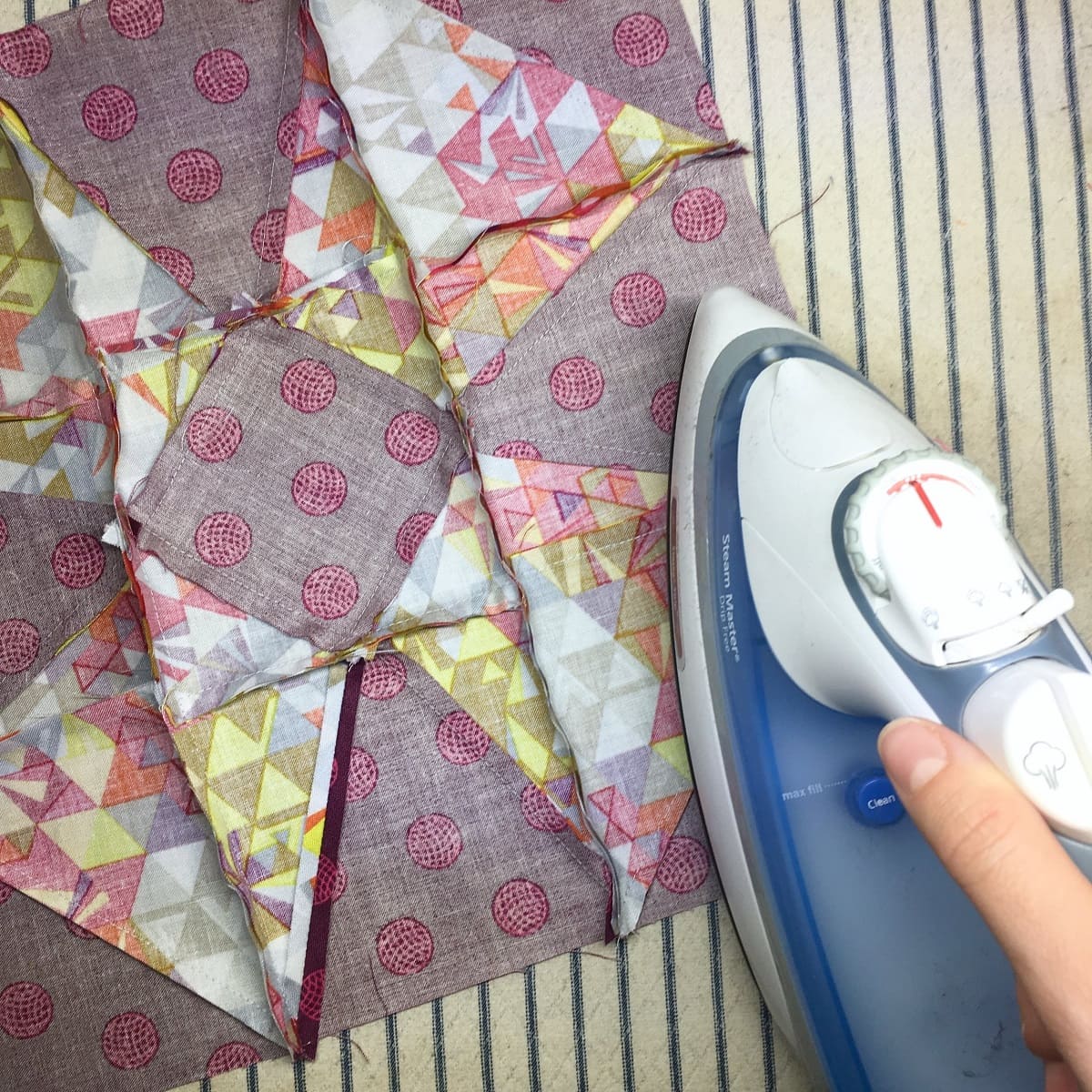
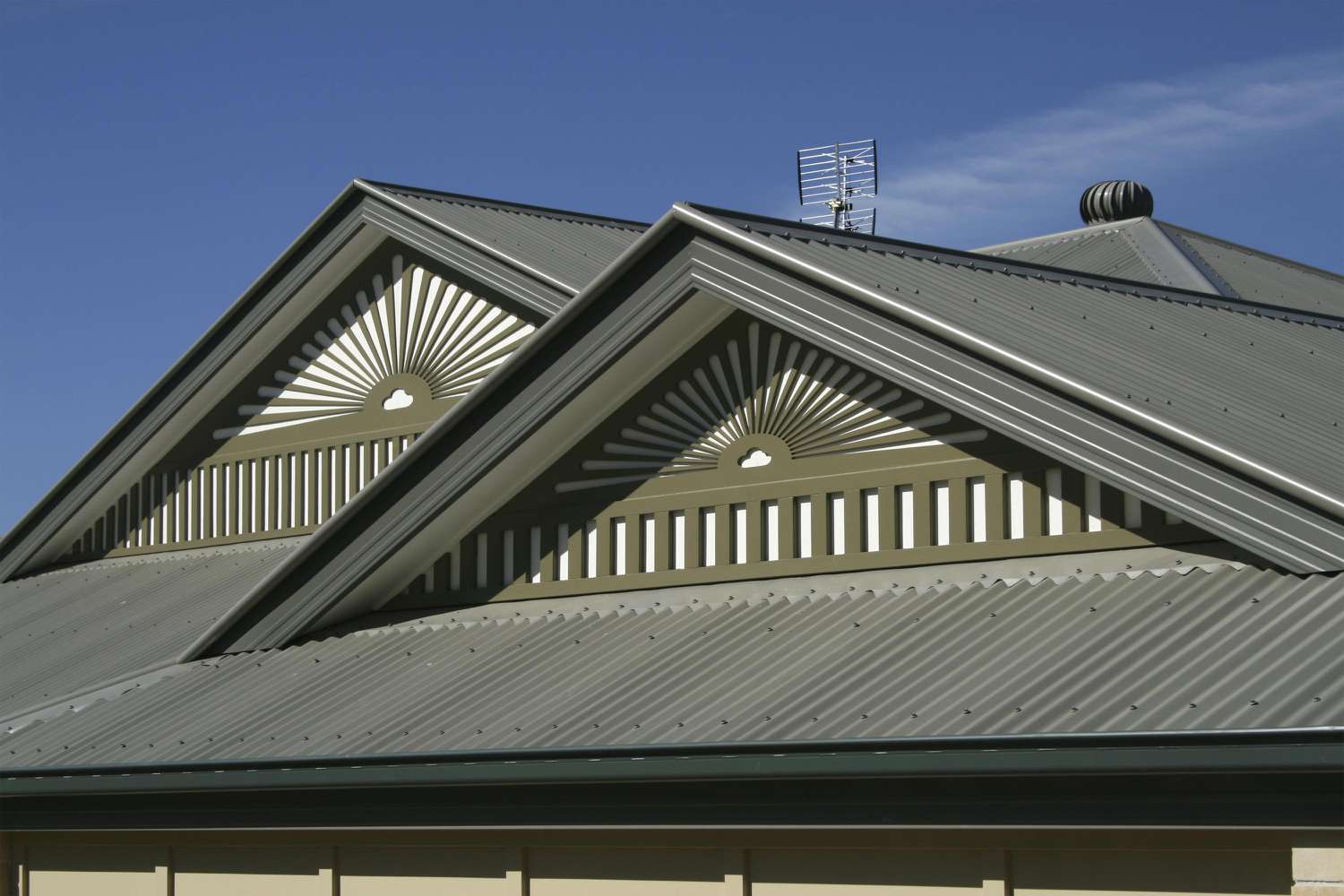
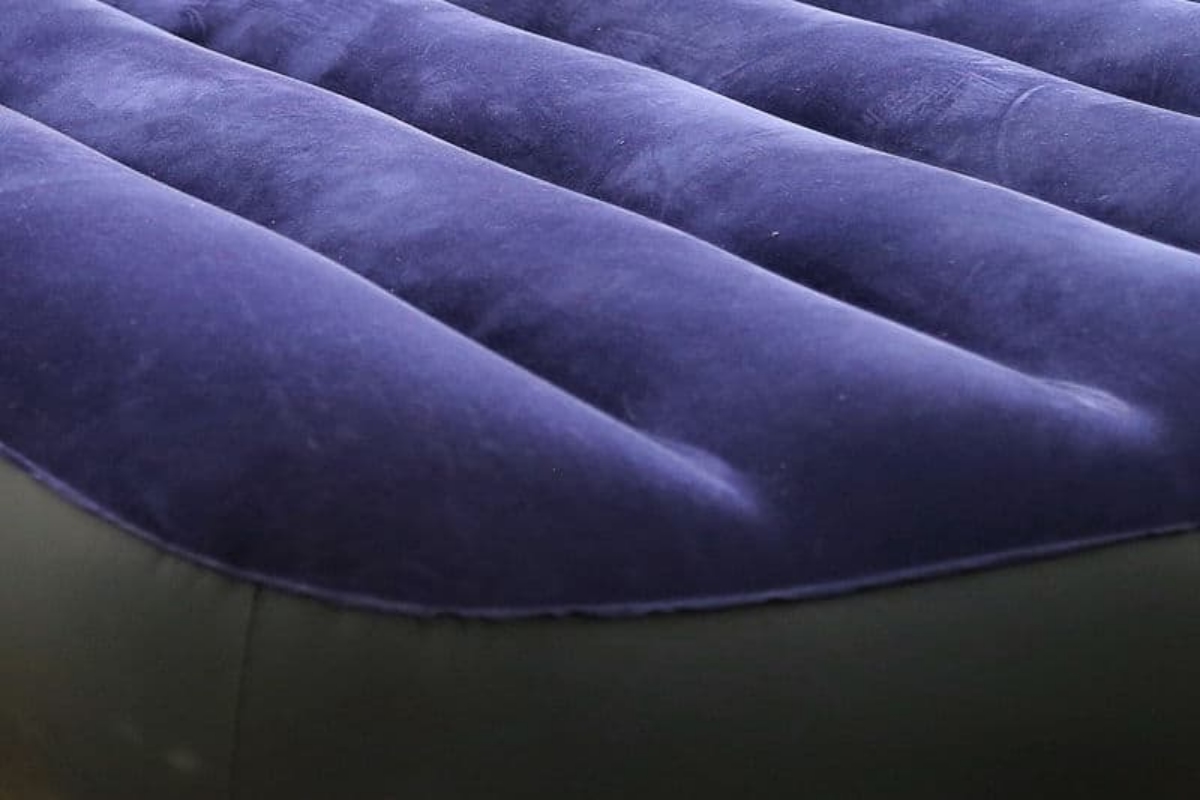
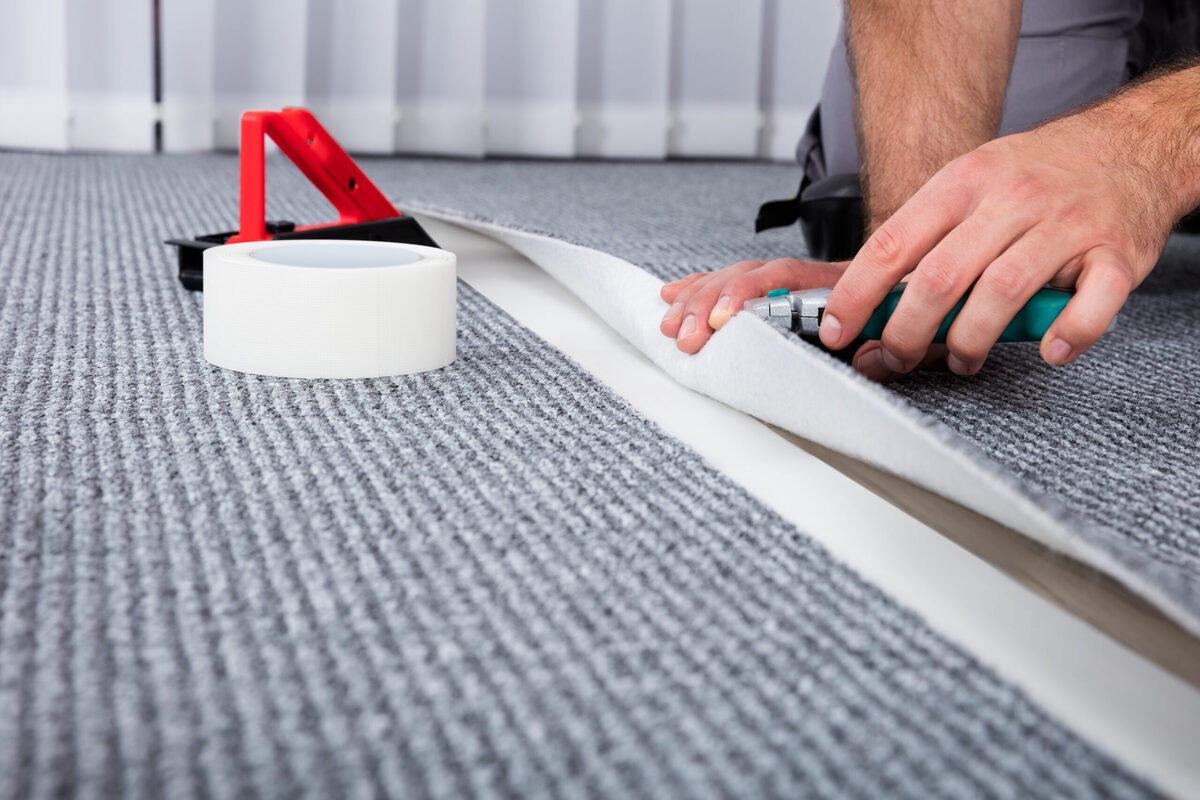
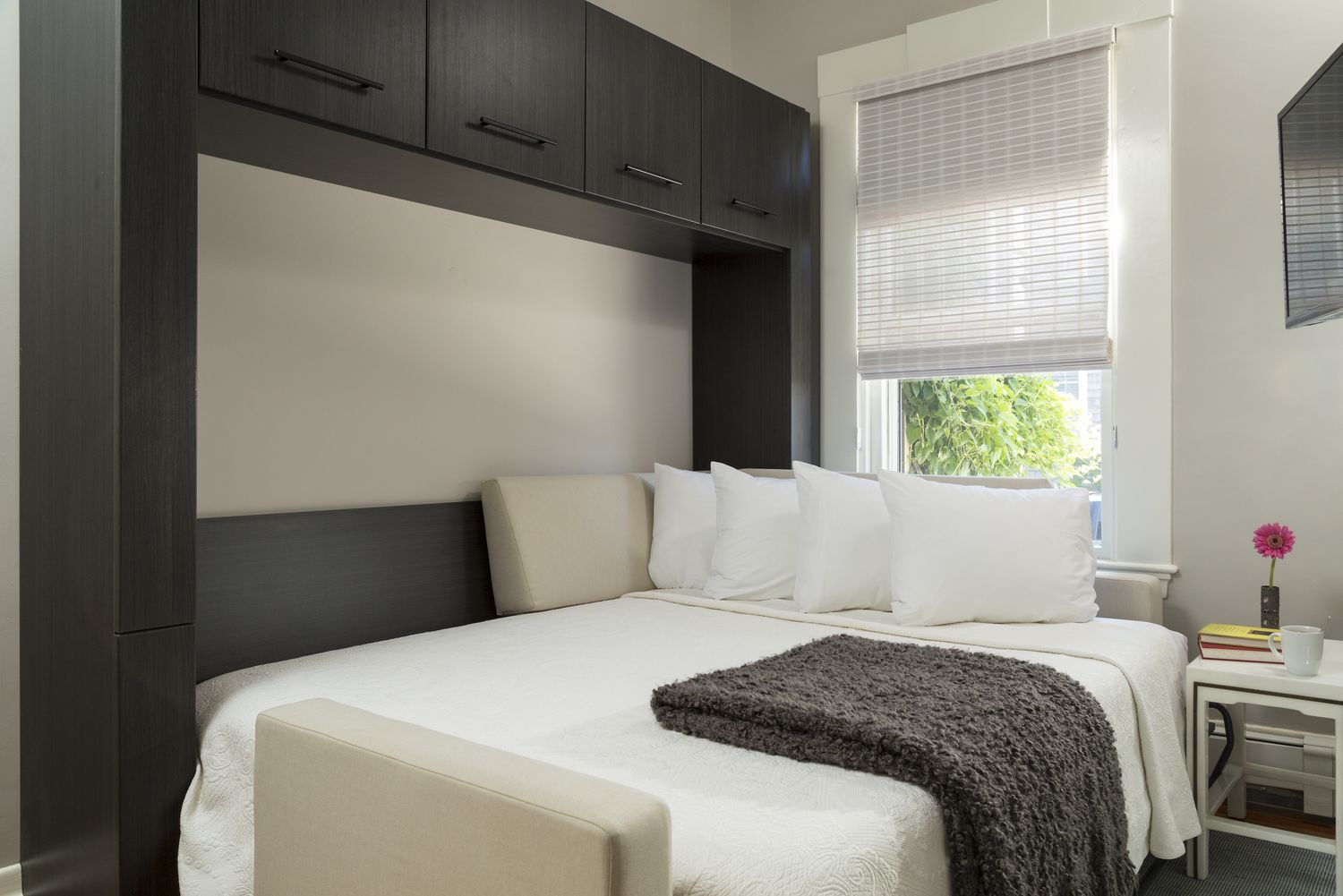
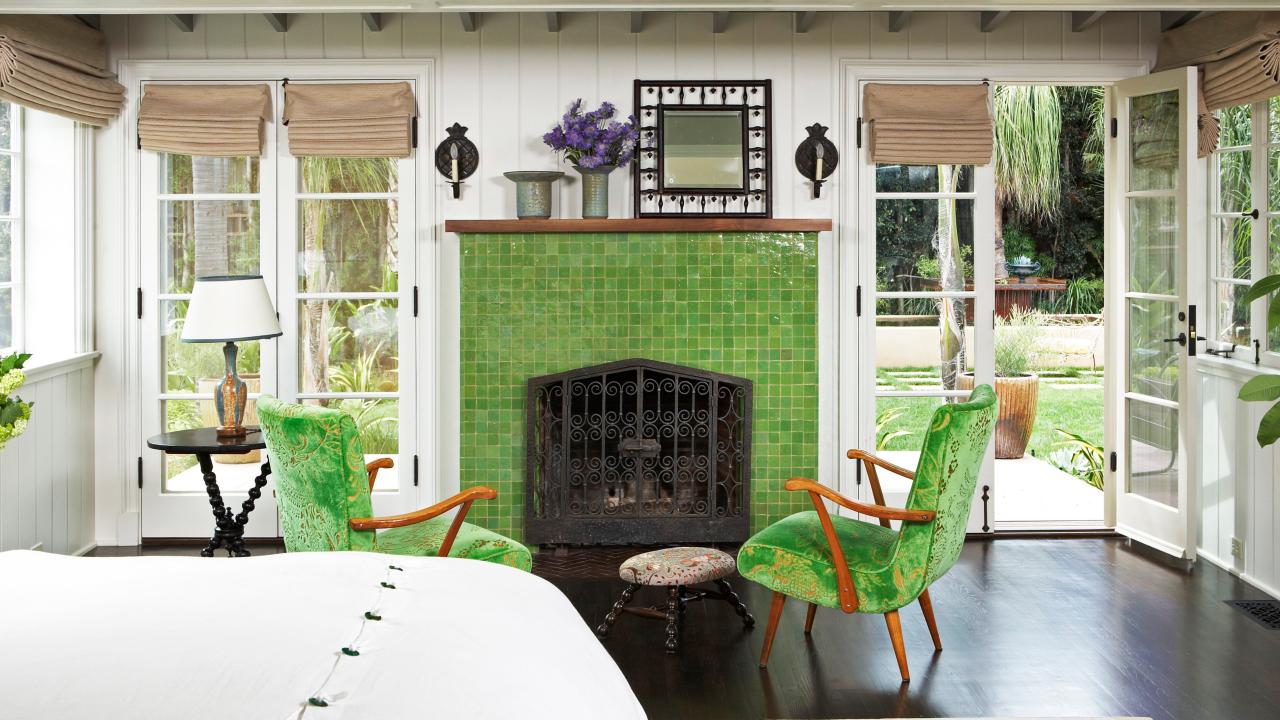
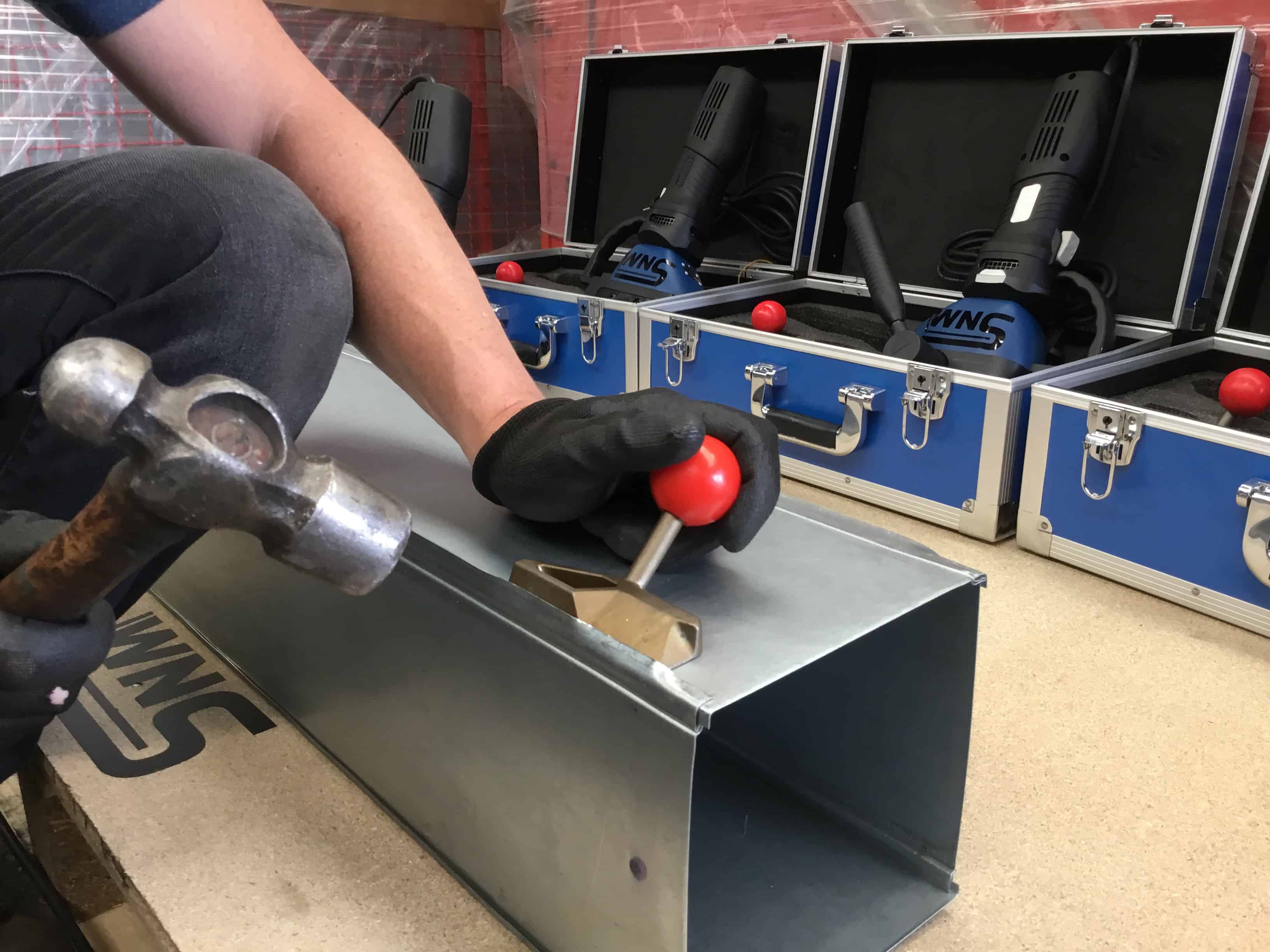
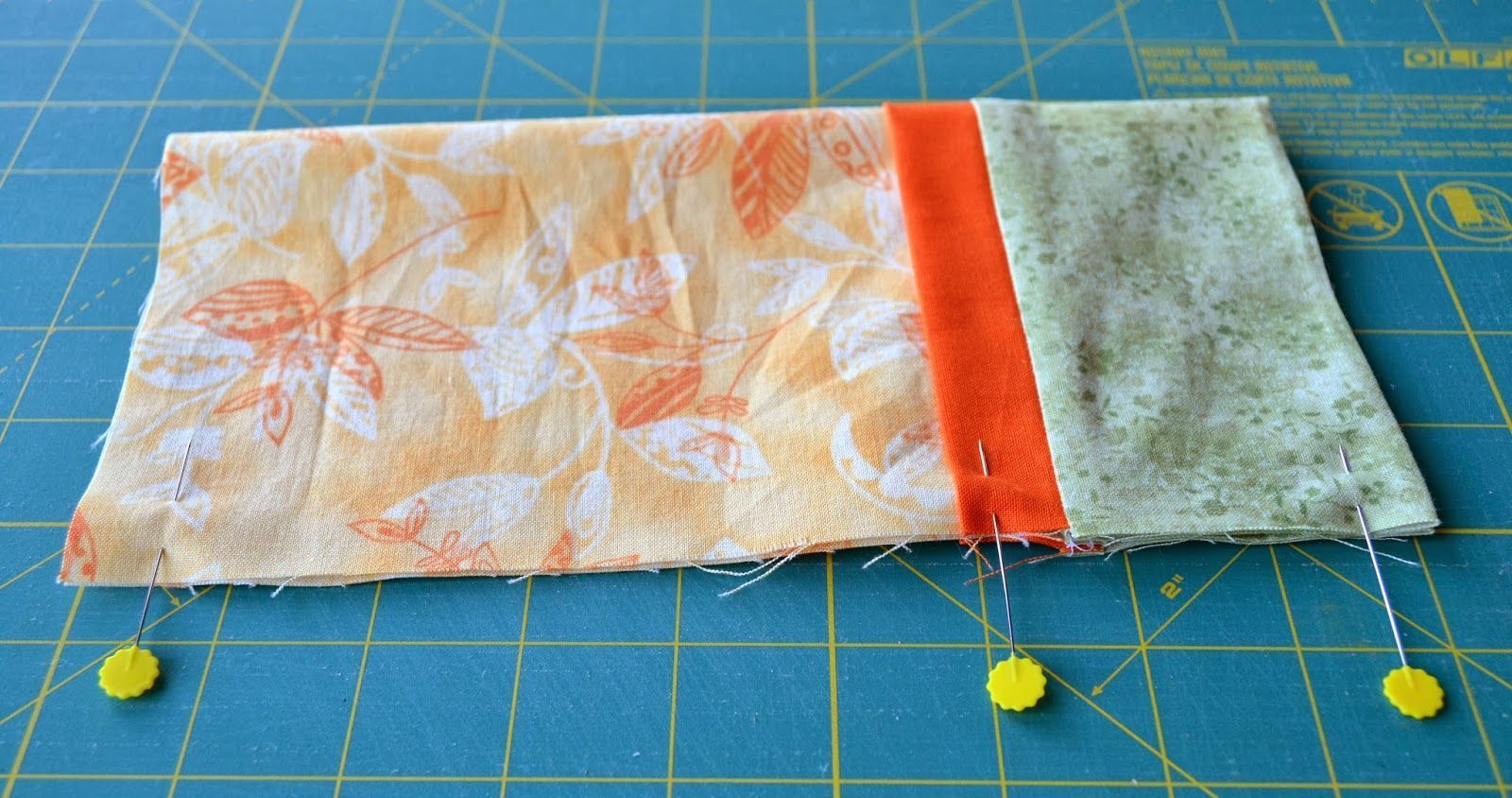
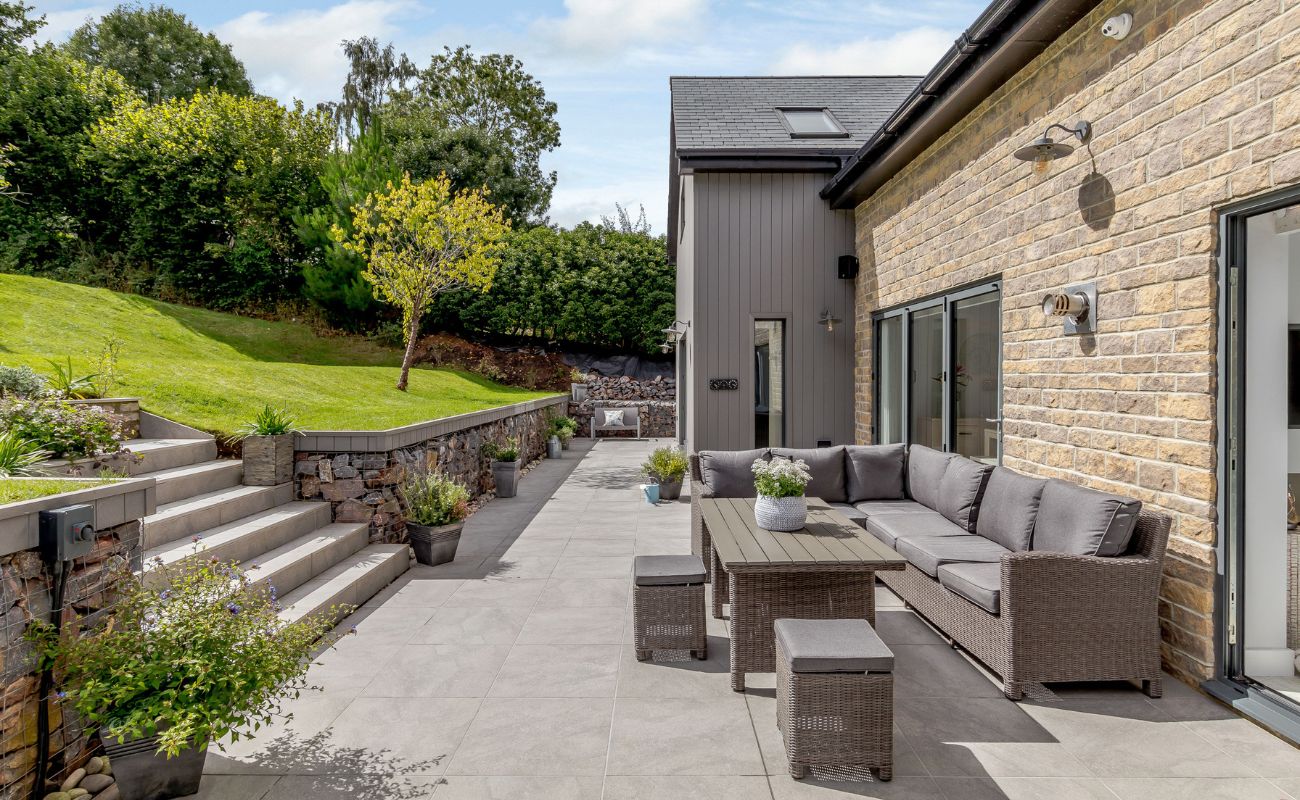

0 thoughts on “How To Hide Seams In Artificial Grass”